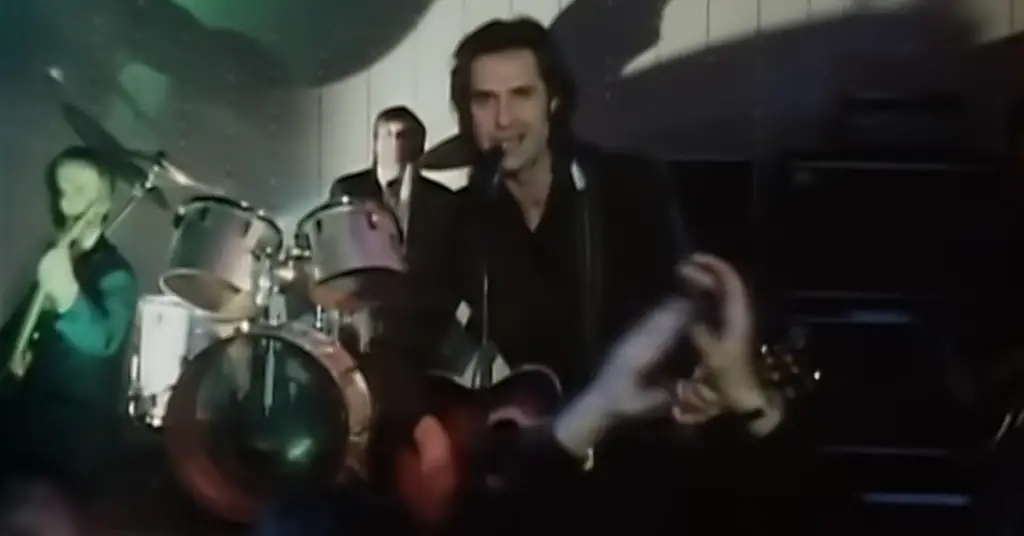The Kinks – “Come Dancing”: A Sentimental Swing into the Past
By the early 1980s, The Kinks were widely respected but largely seen as a band of the past — innovators of the British Invasion who had yet to crack the MTV era. Then came “Come Dancing” in 1982 (UK) and 1983 (US) — a song unlike anything in the current pop landscape, blending big-band swing, rock flair, and storytelling charm. It became a surprise hit on both sides of the Atlantic, proving that Ray Davies’ songwriting magic was far from spent.
At its core, “Come Dancing” is a warm, wistful tribute to family, memory, and the vanished world of postwar England — delivered with toe-tapping joy and just a touch of melancholy.
The Sound: Swing Meets British Rock
“Come Dancing” stands out in The Kinks’ discography for its brassy, upbeat arrangement and dancehall nostalgia, complete with:
- Horn sections and big-band rhythms, giving it a jukebox feel
- Catchy, rhythmic guitar that keeps the song rooted in Kinks-style rock
- Ray Davies’ unmistakable London accent, narrating a slice-of-life tale with theatrical charm
It sounds like something you’d hear in a ballroom in the 1950s — filtered through the wry, observational lens of a ’60s rock legend looking back in fondness.
The Lyrics: A Brother’s Tribute, A Nation’s Memory
“They put a parking lot on a piece of land / Where the supermarket used to stand…”
From the opening line, the song sets its tone: a lament for the old days, wrapped in upbeat melody. But as Ray Davies tells it, the story is very personal. The song is a tribute to his older sister Rene, who died suddenly of a heart condition after dancing on her birthday. She had taken young Ray to the dance halls as a boy, sparking his early love for music.
“My sister always did her best / On a Friday night she’d be dressed to kill…”
Through the lyrics, we see a world where people dressed up to go dancing, where romance bloomed under mirror balls, and where youth was fleeting but vivid. The title phrase, “Come dancing,” becomes a kind of time capsule — a gentle reminder of how things once were.
The Music Video: Old-School Charm Meets MTV
The accompanying music video, directed by Julien Temple, helped bring the song to an MTV audience. It featured a cheeky, theatrical re-enactment of the story, with Ray Davies playing the protective brother and narrator. Its playful vibe and vintage aesthetics made it stand out from the slick, neon-drenched videos of the era.
The video gave The Kinks a new visual identity and introduced the band to a younger generation that had never heard of “Lola” or “You Really Got Me.”
Chart Comeback: A Kinks Revival
- Reached #12 on the Billboard Hot 100 in the U.S. — their highest-charting American single in over a decade
- Hit #6 in the UK, becoming a late-career hit in their home country
- Helped boost sales of the State of Confusion album (1983)
- Reestablished Ray Davies as one of rock’s great storytellers, even in a new musical era
It was The Kinks’ first real hit in the video age — and it reminded the world just how versatile and enduring they were.
Legacy: Memory in Melody
“Come Dancing” continues to be celebrated for its charming simplicity, emotional depth, and unique sound. It’s a rare pop song that manages to be both joyful and deeply poignant, capturing not only the personal loss Ray Davies felt but also a broader cultural shift — from the social traditions of the dancehall era to the anonymous bustle of modern life.
It’s a song about the little things we lose when the world changes…
And the big things we carry with us when someone we love is gone.
Final Thoughts
With “Come Dancing,” The Kinks didn’t just revisit the past — they brought it to life. And in doing so, they reminded the world that nostalgia isn’t about sadness. It’s about gratitude. It’s about joy. And, sometimes, it’s about dancing one last time before the music fades.
“Come dancing, that’s how they did it when I was just a kid…”



Facebook Comments